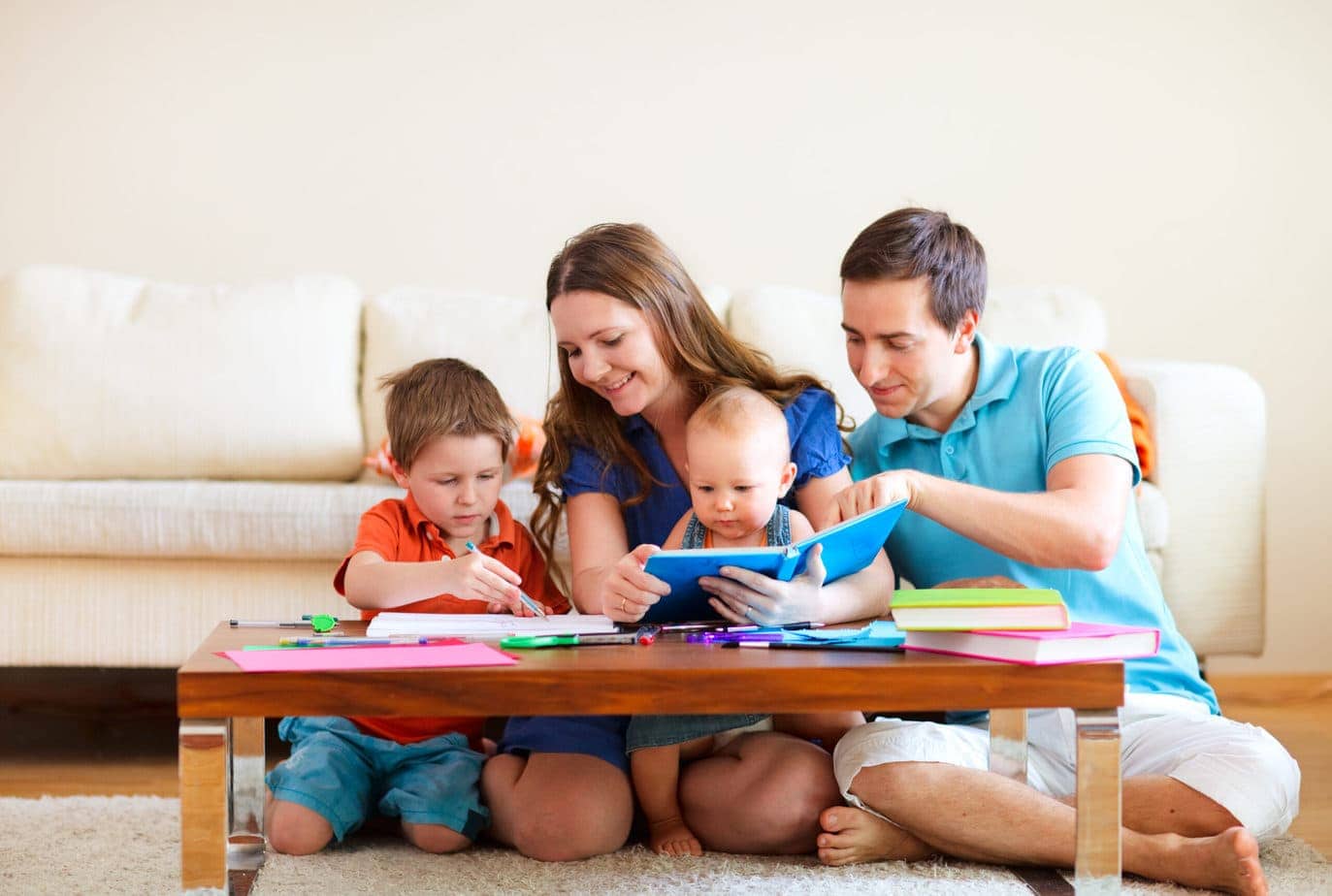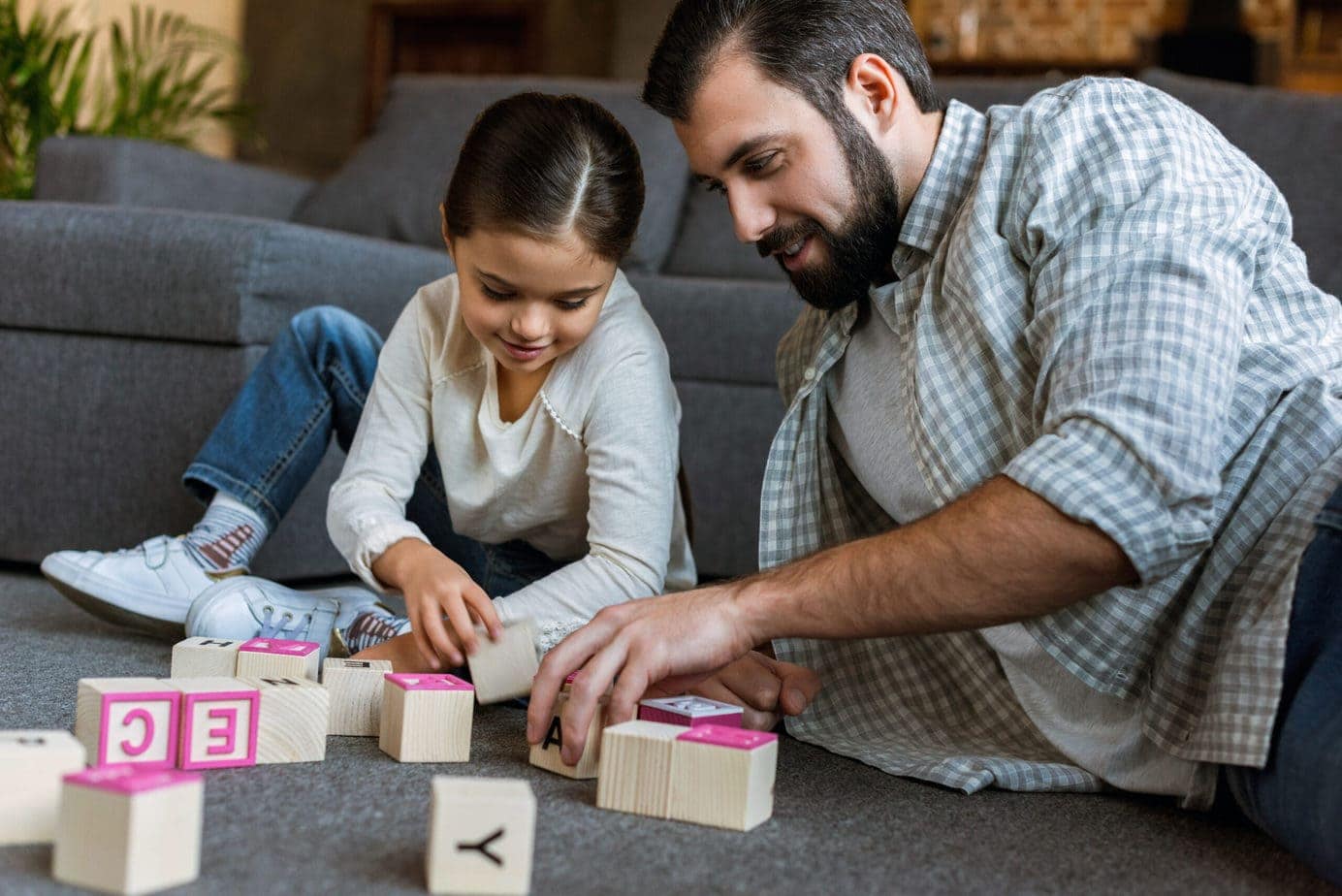Minority Language At Home Bilingual Parenting Method – Everything You Need To Know
This post may contain affiliate links.
Minority language at home (ML@H) is a popular bilingual parenting method where parents speak a language at home other than the language culturally accepted outside the home.
This is the type of parenting that I use with my kids, and in this article, I’ll talk to you a bit about how I do so, what challenges I face, and what resources I use to keep me going when things get tough.

What is Minority Language at Home?
The Minority Language at Home bilingual parenting method (also known as MLAH and ML@H) is simple. In your home, you speak a different language than you do outside the home. Full transparency- this is the method that I use for raising bilingual children. We live in the United States and speak only Spanish to our two daughters at home.
Minority Language at Home is generally the only method available to monolingual immigrant parents in a new country. However, many parents who are both bilingual and what to ensure that their child will learn two languages use this method as well.
In some cases, parents who are both bilingual but with different native languages (like in my and my husband’s case) are trying to choose between this method and the OPOL method, or One Parent One Language. More on that below.
For an overview of bilingual parenting, methods refer to this article: 4 Language Learning Methods For Bilingual Families
Pros
ML@H is a very effective method for raising bilingual kids. Because from birth, young children have no choice at home but to use the minority language, they develop strong language skills that are generally not lost as they get older.
Children raised in a minority language in a home setting are generally weak sequential bilingual, which means they definitely have a strong first language in addition to a strong awareness of a second language.
An older study found that 96% of children who grow up in a ML@H home become bilingual, making it an extremely effective method for long-term bilingualism.
This is because the child will be significantly more exposed to the minority language over time than with the OPOL approach.
The other advantage is stability- kids know where they will speak Spanish and where they won’t. They create a strong “home language.” In my years of teaching high school Spanish to native speakers, I would often have kids who couldn’t even comprehend using Spanish in an academic setting because they had never done so.
Additional Bilingual Parenting Articles from Pura Vida Moms:
- 5 Tips For When Bilingual Children Don’t Want To Speak The Home Language
- Huge List of Disney Songs For Kids
- Big List Of Free Spanish Language Printables For All Ages
Cons
Some parents who are researching bilingual parenting methods worry that if their children are not exposed to the majority language until school, they will enter school behind or struggle with mixing languages during their first year of school. If you are worried about that- read this article.
Let’s be clear– this is a bilingual parent problem, as many monolingual immigrant parents living abroad don’t have a choice in what language they use to raise their children- at least not at first. For this reason, I don’t generally worry about kids not being prepared for school if they haven’t been exposed to the majority language at home. Here’s a great article on that.
This is also because most parents I know do not live in a bubble. It is nearly impossible not to have your children exposed to the majority language at some point before they enter school- either through monolingual majority language speakers who are friends, or television the majority language, or in my case- my family. My family is monolingual English-speaking, but they do respect the choice I have made to only speak Spanish to my kids.
The other con is when both parents speak the minority language, but it’s not the first language of one of the parents. This is definitely true in my case. While I am completely fluent in Spanish, as my children have gotten older I have found it increasingly harder to navigate parenting the tough situations in my second language. This is especially true for conversations about bullying and racism. I have definitely sprinkled more English in over the years as I have placed the parent-child relationship above the language used.
Another con is when kids start to rebel against the home language and want to speak the majority language- this commonly happens when the child starts school and again during middle school and finally during high school. It can be hard to get them to speak the minority language at home.
Related article: 5 Tips For When Bilingual Children Don’t Want To Speak The Home Language
Join me over at my favorite place- Instagram.
Tips
If you are deciding between language learning methods, there are a few considerations:
- Determine how strong your language skills are in the minority language. Can you see yourself parenting in the minority language for the long haul? (Note- this does not mean you have to speak the minority language perfectly! It just means you need to commit to using it for a long time,)
- What are your language goals for your child? Some parents expect nothing less than complete bilingualism and biliteracy. Other parents want the benefits of early language exposure on the brain.
- Build a village- you will need support from other parents who are also using minority language at home. This might mean neighbors or friends, it might mean a local search for bilingual parents, it might mean you lean more heavily on family abroad. Maybe you use more screen time. Whatever works for you. You can also join our BilingualWe Facebook group here!
- Maintain your own minority language and culture to pass on to your kids. Find books, podcasts, friendships, movies, playlists- whatever it takes to keep your brain fed in the minority language.
Resources for Parents
Here’s a great article on why it’s important to maintain the native language at home.
Here is a video in which I talk about my experience with Minority Language At Home:
Here’s another video from another mom- a non-native Spanish speaker- who also chose minority language at home with her son. The topic here is advocating for your bilingual child.


